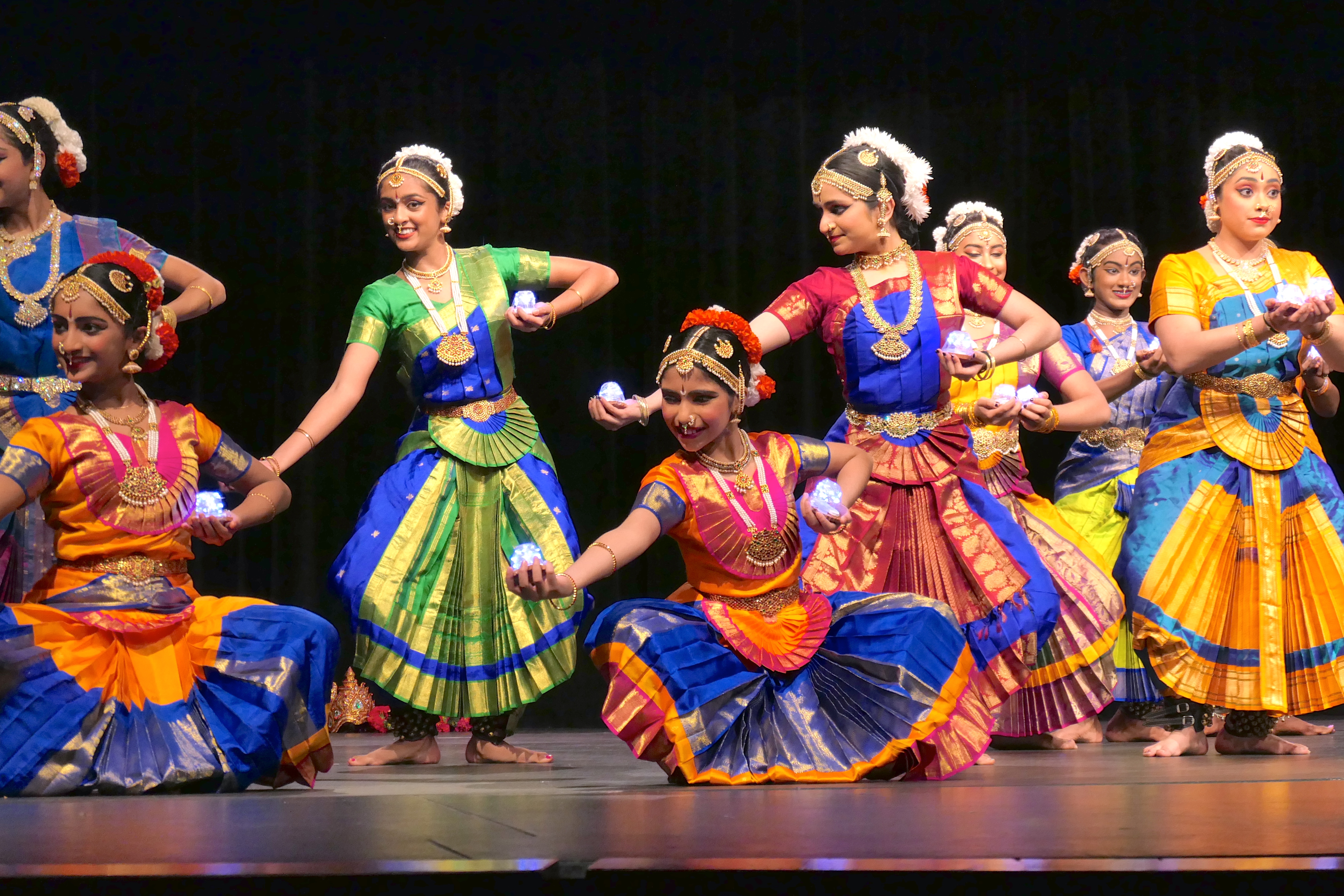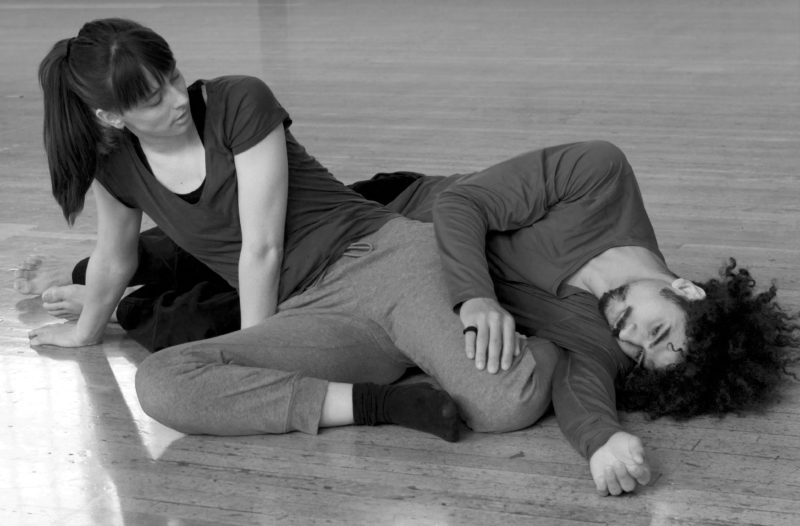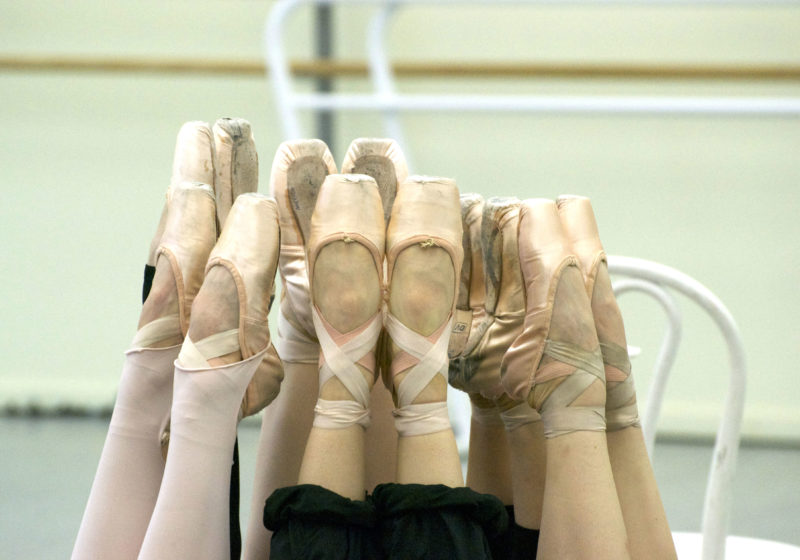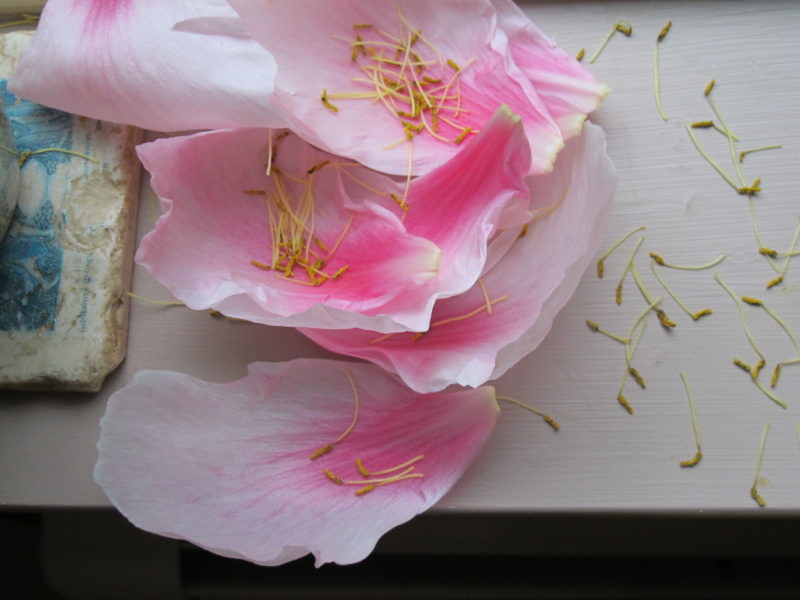
I could have kicked myself. Here I am friends with one of the most formidable dance critics around, ArtsWatch’s own Martha Ullman West, and yet it did not occur to me to drag her with me to the dance performance I saw last Saturday. Just as well, though, since no matter how learned a tutorial I’d have gotten, it would have been but a drop in the vast sea of my ignorance about dance.

Consequently, my report today is not going to be a performance review, but instead some thoughts on how culture is preserved in an expat community that is growing by leaps and bounds. And ample photographic documentation of my enchantment.
The program I saw, Nrityotsava 2019, was put on by Kalakendra, a 32-year-old Society for the Performing Arts of India here in Portland. The non-profit organization serves on multiple levels: it contributes to the diversity so essential to the vibrancy of our city; it puts on a wide range of programs that promote awareness of and knowledge about the Indian subcontinent, be they music, dance performances or lectures. And, importantly, it provides a platform for the exhibition of local talent – which in turn supports all those dance schools and individual groups to engage in meaningful practice and, significantly, education.

On Saturday evening alone, there were 11 separate groups performing a wide array of dances. The program listed them as ranging from traditional Carnatic pieces, folk dances, contemporary forms of dance to what was described as a first attempt to raise awareness about a modern social issue (pollution) through dance. Those were all words to me, in no way preparing for the experience that followed.

Imagine sitting in a high school auditorium surrounded by a sea of happy, expectant people awaiting the performance of their friends and family members. If you close your eyes you might as well pretend to be on the subcontinent, hearing language(s) that place you far away. Once you open your eyes, you are engulfed in colorful visual displays, costumes, adornments and choreography all vibrant, with movement that ranges from serene to exuberant.





More importantly, the artistic expressions conveyed stories that were so universal that anyone without prior knowledge or insight into the historical, spiritual and literary underpinnings could get them. People like me, in other words. People whose entire knowledge of India consists of hopelessly colonially-colored children books devoured during a childhood in Germany (poor Indian orphan adopted by NGO folks, forever displaced as a stranger, marries Indian doctor, lives a life of service as wife and nurse in Calcutta…) or the adventure stories of Rudyard Kipling (before his anti-Semitism came to light) the films of Mira Nair or the novels of Arundhati Roy, who with a fine acerbic brush paints the complexities, tragedies and ecstasies of life in India.

Saturday’s dance groups differed in a variety of ways, but also had several things in common: their athleticism (the physical demands were making me tired just by watching;) their memory capacity (the number of different steps and sequences were a marvel; add to that a significant repertoire of different hand movements, and also timed and specific facial expressions/eye-movements and you have an extraordinary memory load;) their sheer loveliness, all.

They differed in their age, their amount of expertise, the kind of choreography and music they chose, and the way their movements were culturally specific or more universally communicative. I cannot appropriately describe all of them, but here are my highlights: A group of young mothers who just love to dance (Khamma Ghani Group) performed a Rajasthani folk dance with such exuberance that you wanted to jump in your seat.


A trio of young women (Sankalpa Dance Ensemble) convinced me that their Hymn to Devi exhibits indeed transformational power.

A company (Aura) experimented with a combination of traditional and modern dance and costuming to tell the age old story of the fight between good and evil.


The two artists of Nritya Suhrid were perfection in their presentation of 5 of Vishnu’s incarnations based on the Geetagovinda.


What won my heart, though, were the children, the many, many girls and occasional boy. I don’t know how many of the more than 5000 Indian families who live in the greater Portland area send their children to one of these dance programs. You obviously have to have talent, a willingness to work hard and be disciplined (although you will have fun, too, and not just on stage: The scene in the Ladies Room was a gaggle of giggling girls 9 years and older applying or repairing each other’s makeup, a sheer delight.)





The children who are able to participate will learn more than how to dance. They will be exposed to 1000s of years of culture, immersed in the teachings of their religious and/or historical backgrounds, picking up a vocabulary of gestures that are helpful for intra-cultural communication. They also will run around in some of the coolest clothes on earth…. just look at those costumes (none more impressive, and supportive of some stunning choreography, than those of the Kalabharati School of Dance.)




And the kids will learn from their elders how to combine traditional knowledge with adaptation to the kind of world they live in – the example on hand was a piece called The Story of Plastic created and performed members of the Nartana School of Kughipudi Dance. The dangers of plastic to our oceans was conveyed in ways funny and eloquent enough to be poignant rather than didactic.



There is an obvious intersection of cultures, a cross-fertilization that will strengthen both the bonds to one’s own and the integration into new ones. The bridge between tradition and contemporary thinking has been built here – all these kids have to do is travel across it. Back and forth, mind you, it’s in no way a one-way street.


It was the best three hours I spent in a while. Transported, educated, energized. I only regret that I didn’t purchase more of the samosas during intermission to take home with me….


(I tried my best to match photos to names – apologies if I erred.)
Music for today:
























